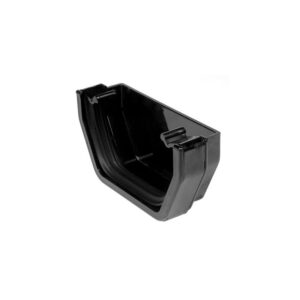One of the most important questions asked during roof insulation is: what type of roof style insulation do you have? There are two options to choose from in this scenario. The warm roof option and the cold roof option. In this guide, we’ll look at what they mean and the benefits of each type of roof.
What is a warm roof?
What is a cold roof?
There is small to no loss of height with cold roof insulation because it is placed between the floor joists – however, ventilation space is required. The reason it is called “cold roof” is not because it is cold, but because it is less efficient than a warm roof. As a result, the rafters themselves remain uninsulated. As a result of thermal bridging, the rafters conduct some of the cold into rooms below (on a cold day). The effect can be reduced by insulating the ceiling at floor level. By doing this, you can lower the ceiling by 50mm while preventing thermal bridging. Insulating between floor decking retrospectively can be messy and time-consuming, while a cold roof is easier to install during the construction phase.
Which is better, cold or warm roof?
Insulating a cold flat roof requires removing old boards and replacing them, as well as replacing the roof surface. Warm roof insulation provides better thermal efficiency. Warm deck roofs are easier to install, offer superior thermal performance, but add height to flat roofs. Due to the height difference, warm roofs cannot be used on balconies and flat roof extensions. As an alternative to warm roof insulation, cold roofs are preferable in these situations.

 FloPlast Square Line External Stop End Black – 114mm
FloPlast Square Line External Stop End Black – 114mm 



